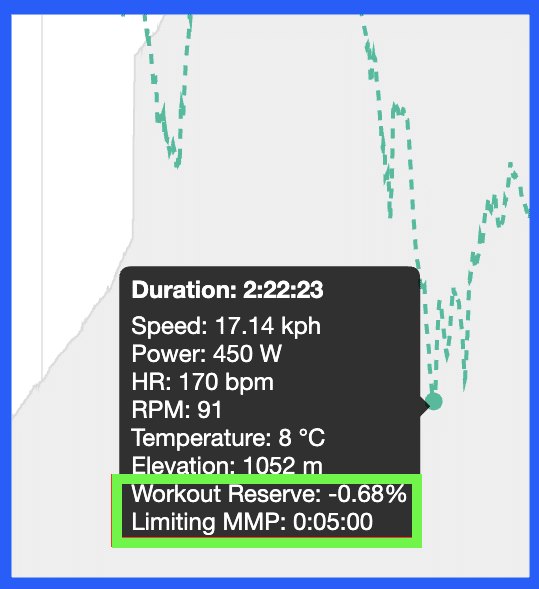Our fascination with sports brings us incredible stories, and cycling is no exception. The Giro d’Italia, with its drama and hope, is a perfect setting for such tales. It’s a place where dreams are born, destroyed, and resurrected. Mountain stages, in particular, are grueling tests of endurance, which is why they are so captivating.
This story is about Giulio Pellizzari‘s brave attempt to win the 16th stage of the 2024 Giro d’Italia. At just 20 years old, Giulio was the youngest participant, racing for the VF Group-Bardiani CSF-Faizanè Team.
Originally, the stage was set to start in Livigno and end with a climb to Santa Christina in Val Gardena, Sud-Tirol, Italy. However, due to severe weather, the course was modified. The beautiful area was shrouded in heavy rain and clouds, making it a miserable day for racing.
In cycling, endurance often triumphs over emotion. For Giulio and his team, this stage was an opportunity to win or at least bring visibility to their jersey. The rain was not going to stop their attempt.
Dr. Andrea Giorgi, a friend, physician, and coach at VF Group-Bardiani CSF-Faizanè, asked Giulio to share his data from this ride. We are fortunate to collaborate with Team VF Group-Bardiani CSF-Faizanè and their medical and performance staff. In a previous blog post, we discussed Enrico Zanoncello’s winning sprint stage. Now, we continue examining the Workout Reserve model through Giulio’s epic climb to Santa Christina.
After the race, Dr. Giorgi reviewed the Workout Reserve analysis generated by Athletica. He found it particularly useful for assessing how fatigue impacts a cyclist’s performance. By analyzing Giulio’s racing data, we built his maximal mean power (MMP) profile. The Workout Reserve graph provided insights into how close Giulio came to his best performance across different time and intensity ranges.










